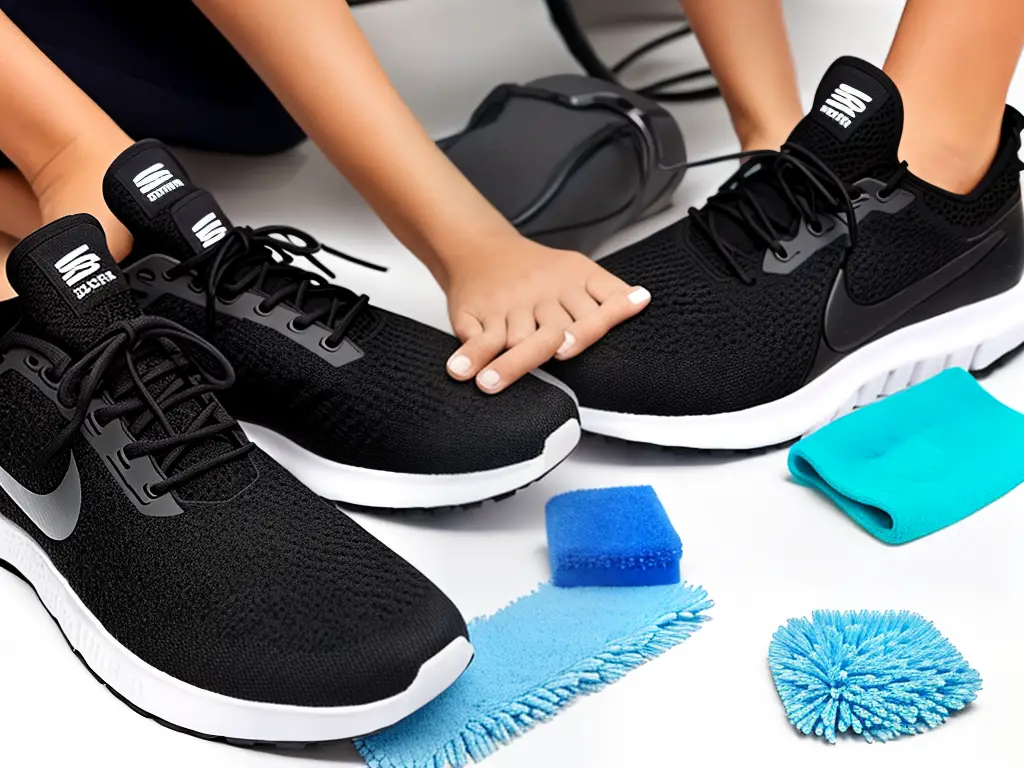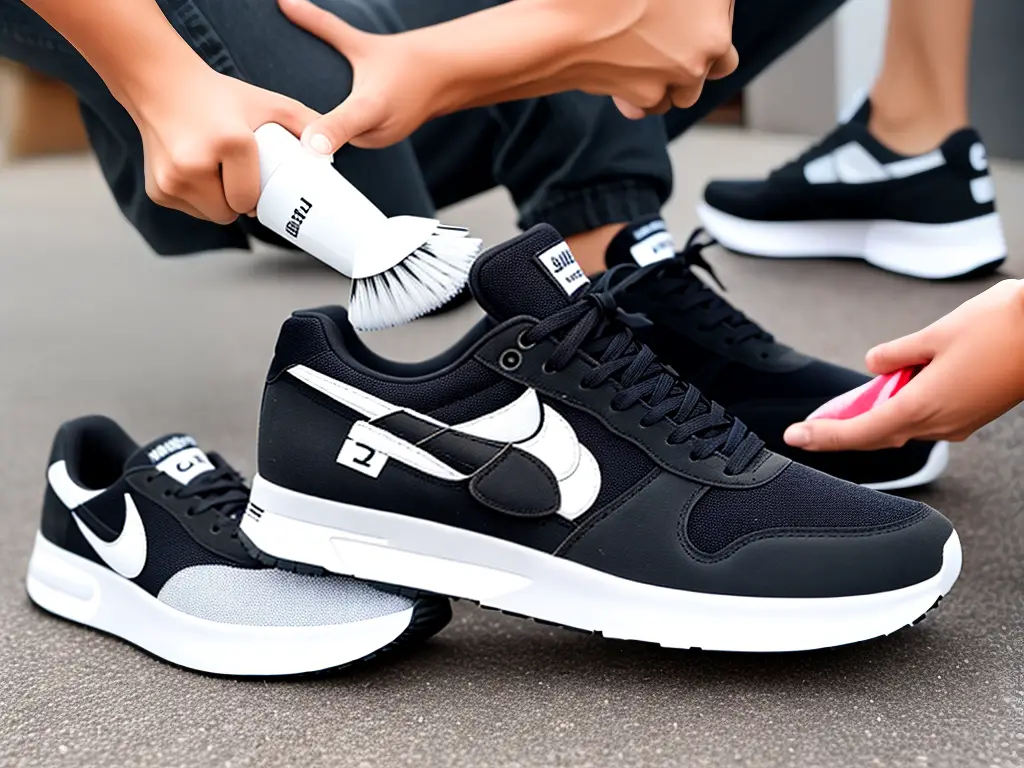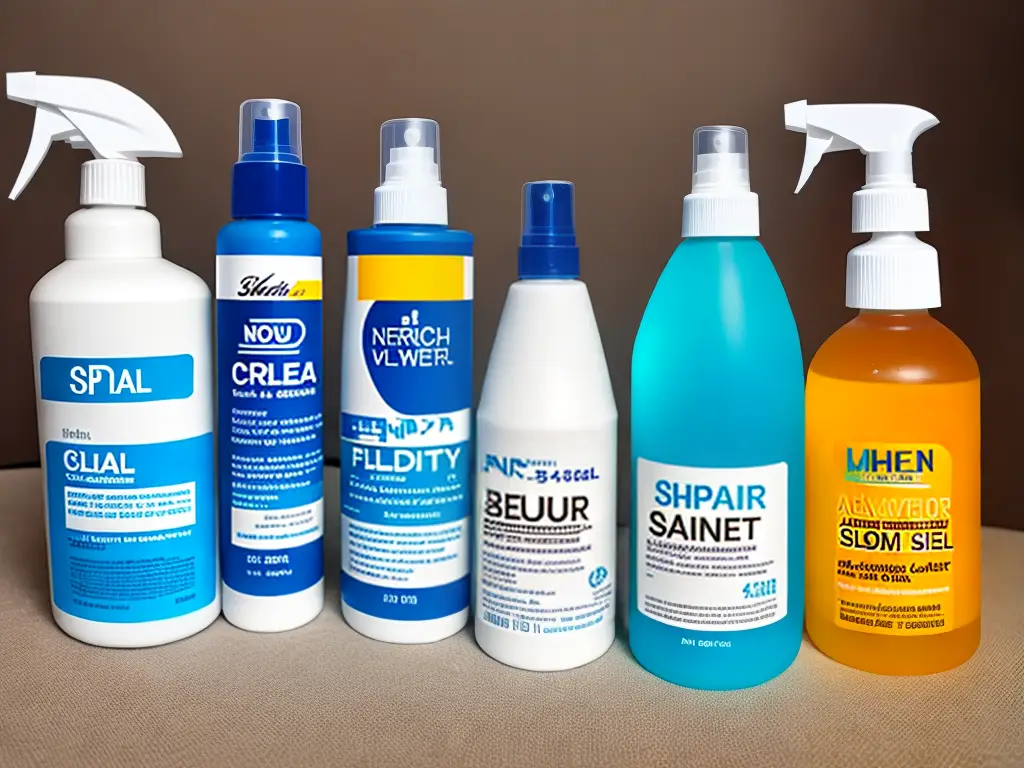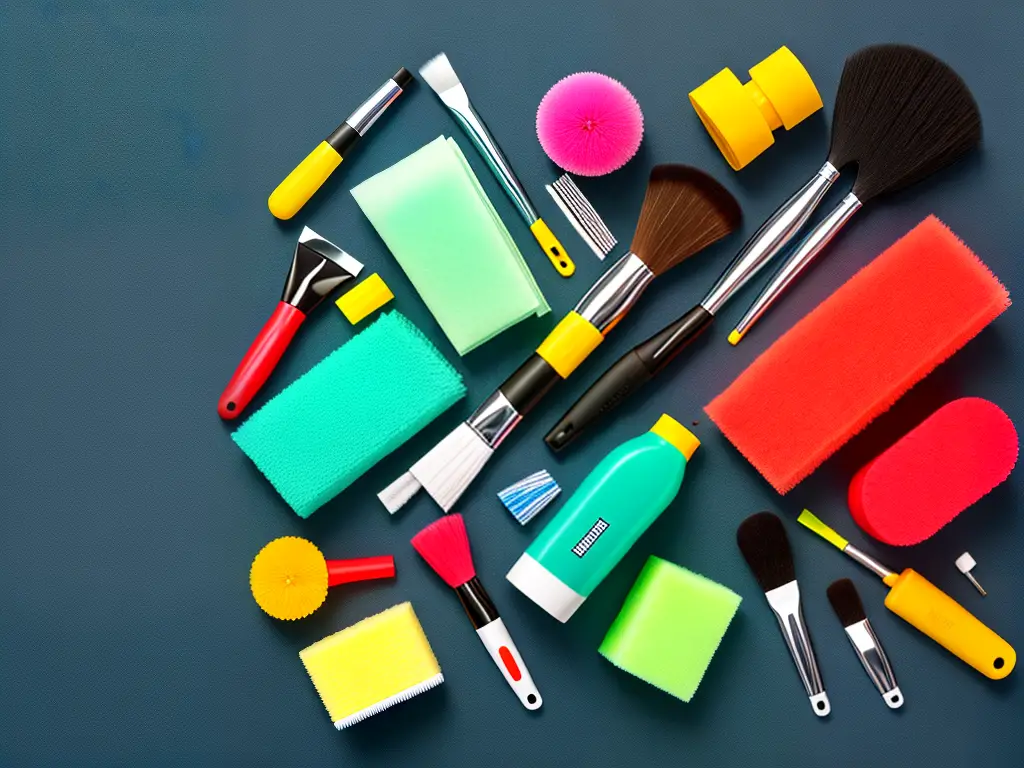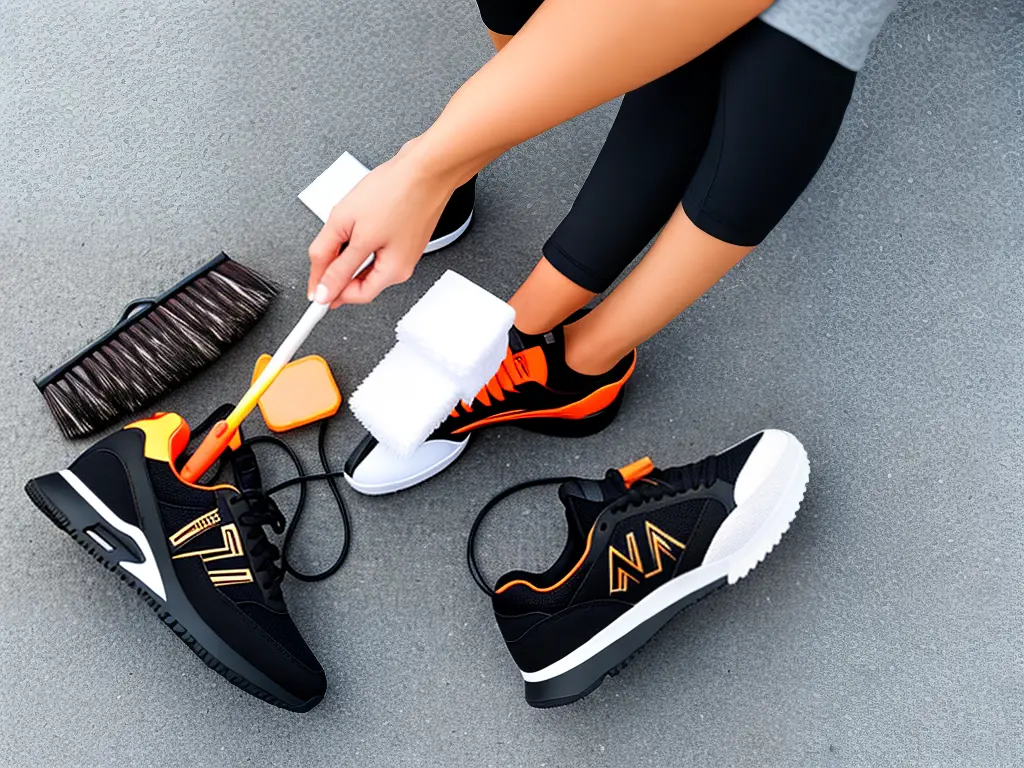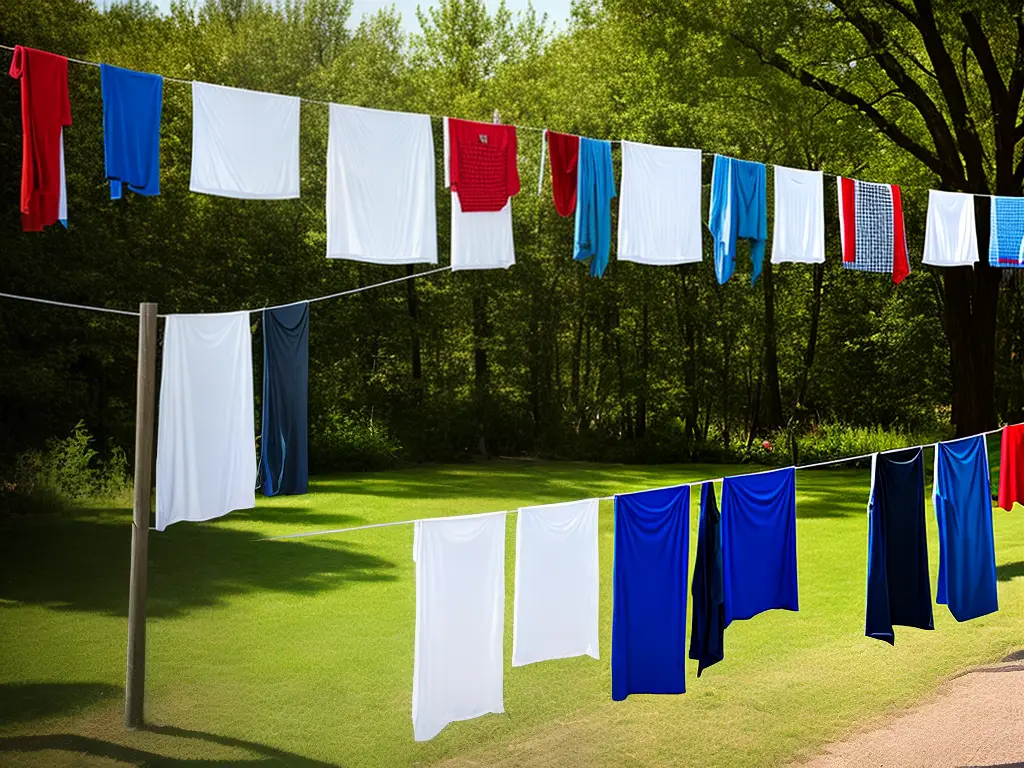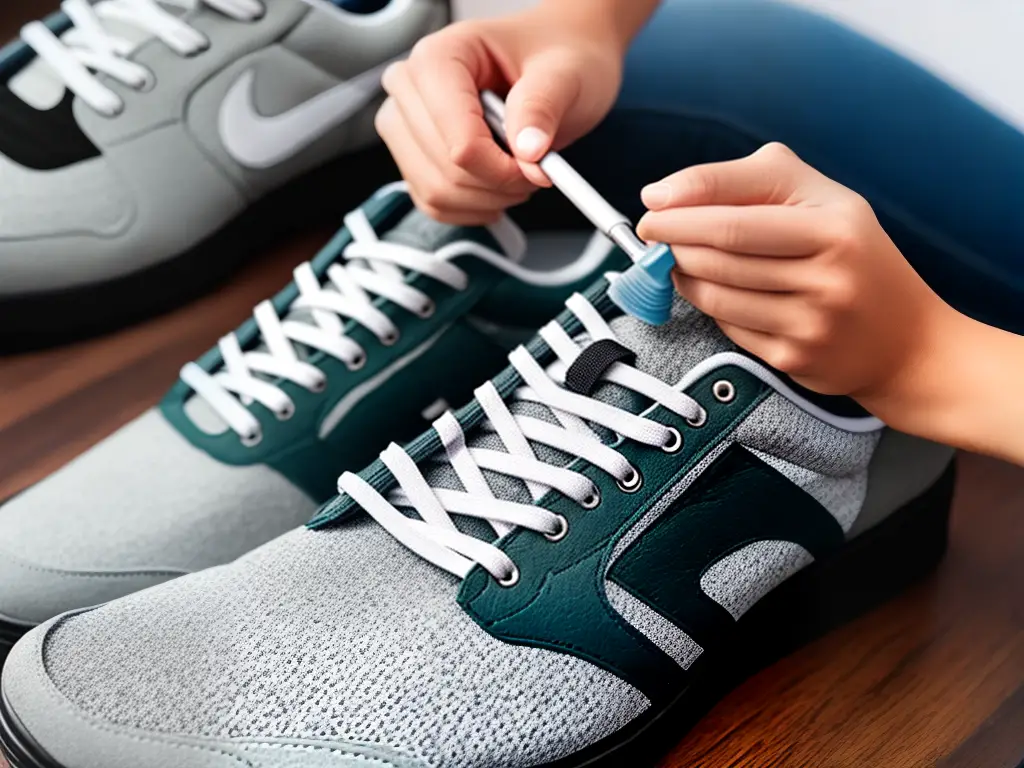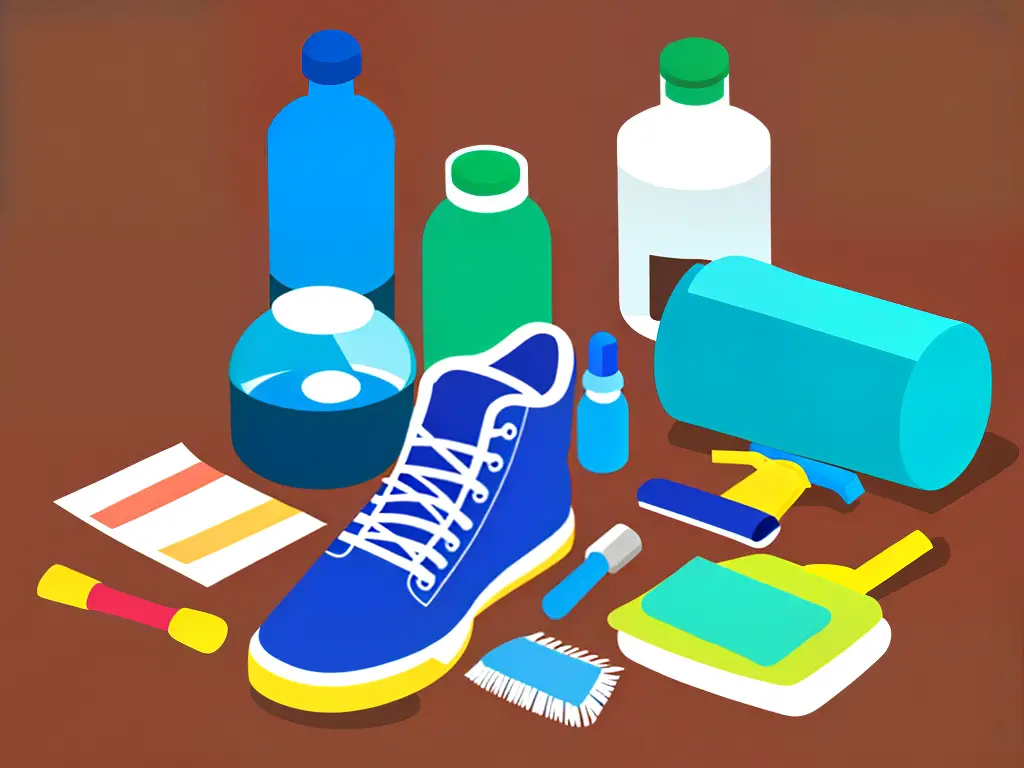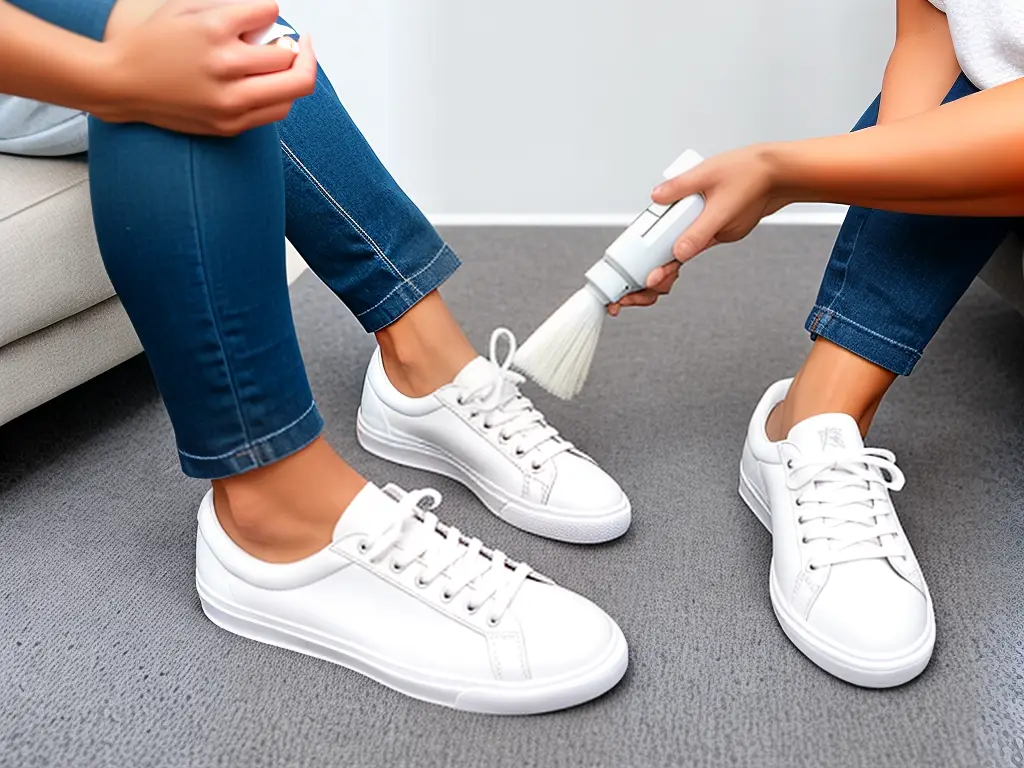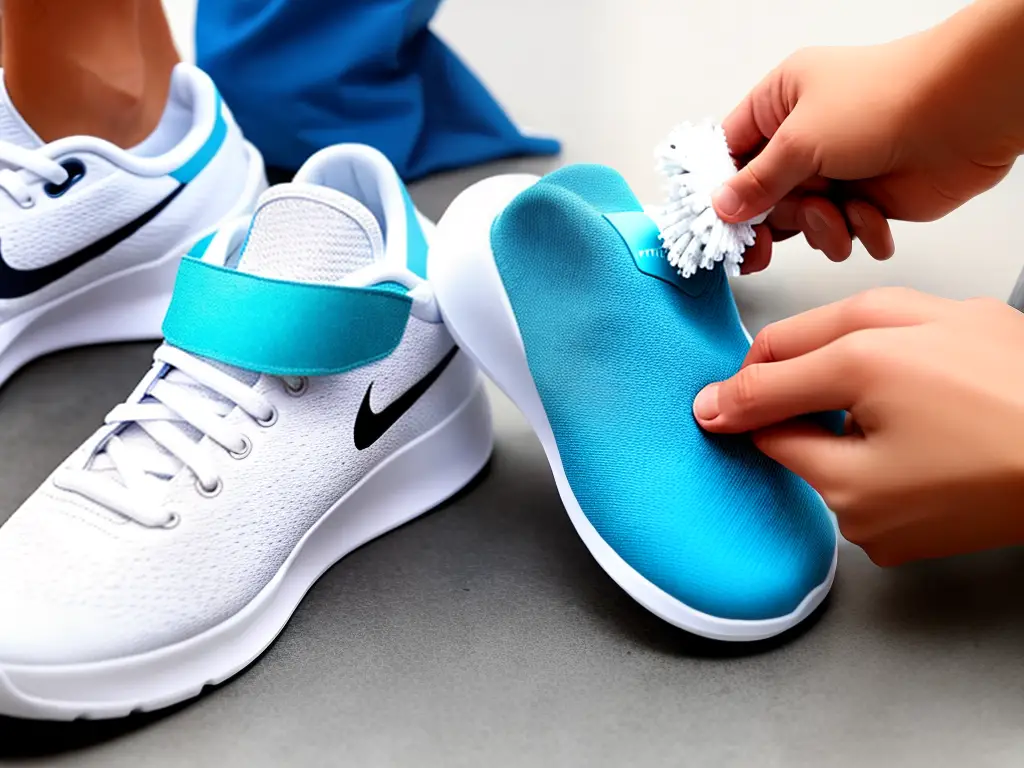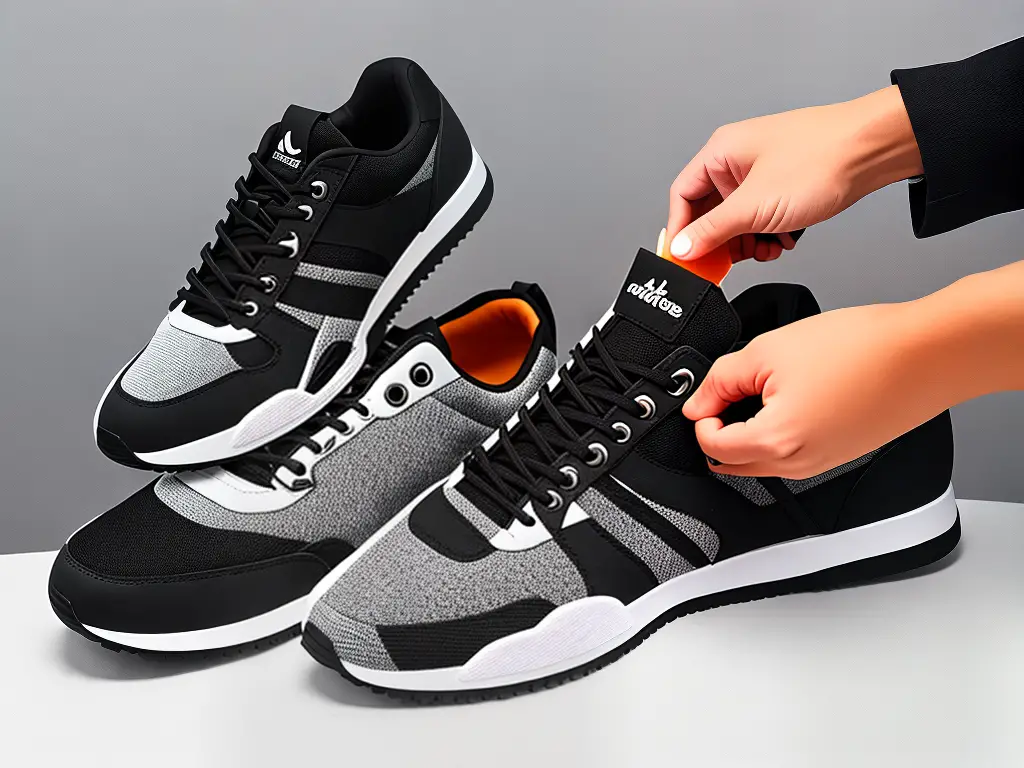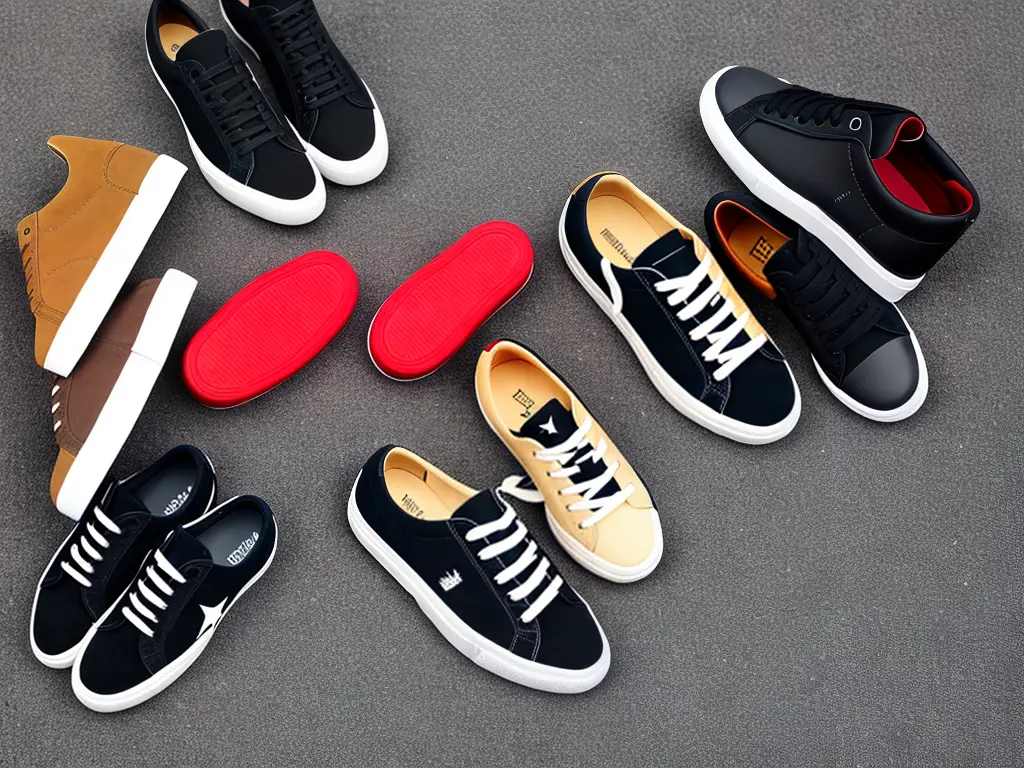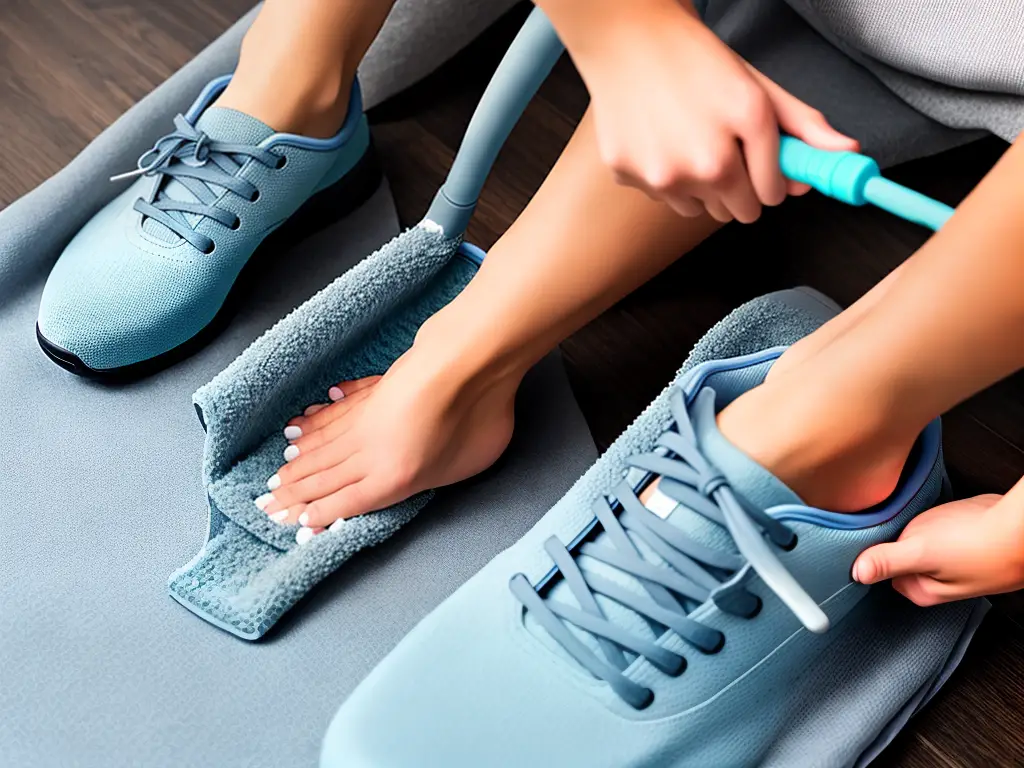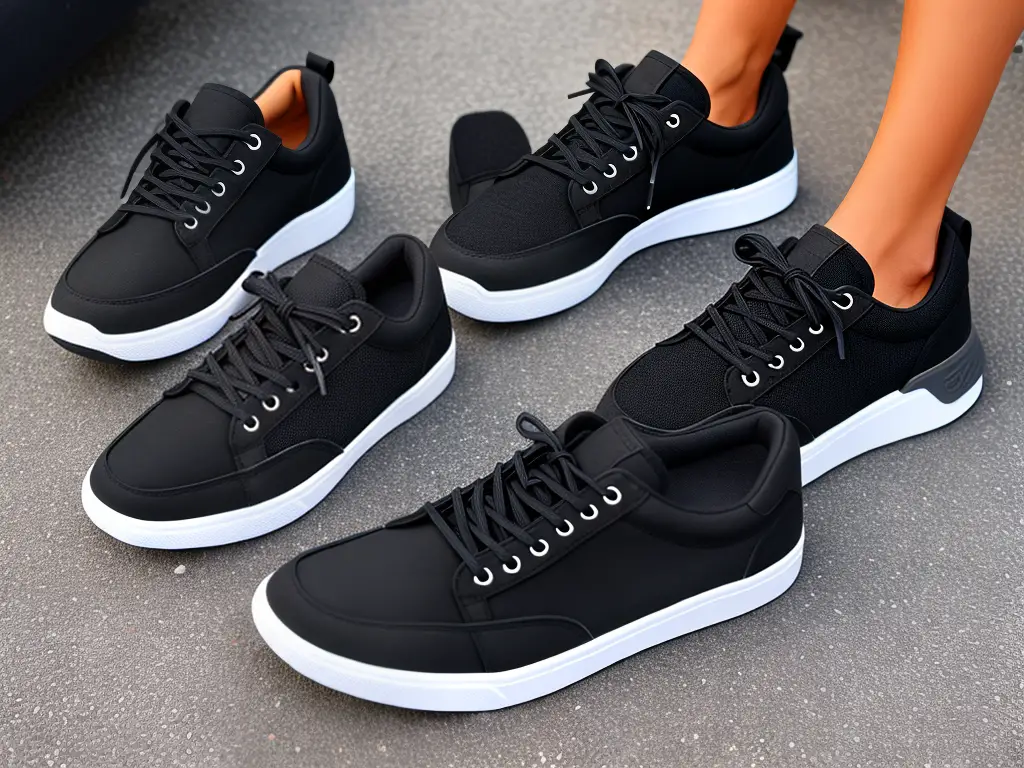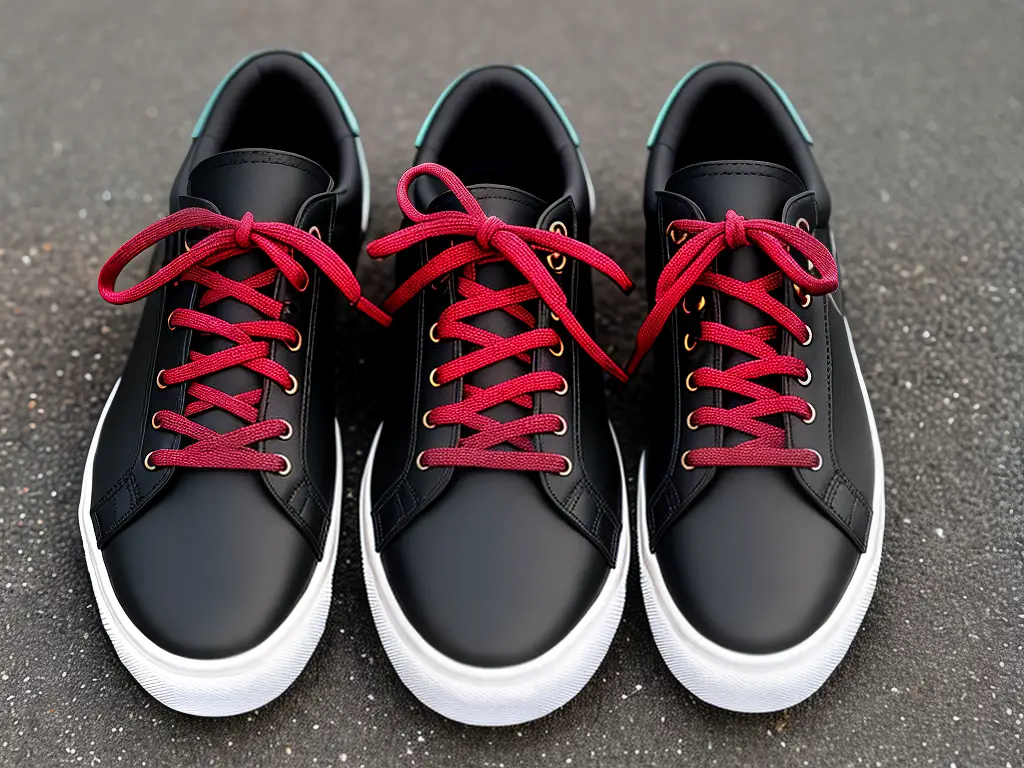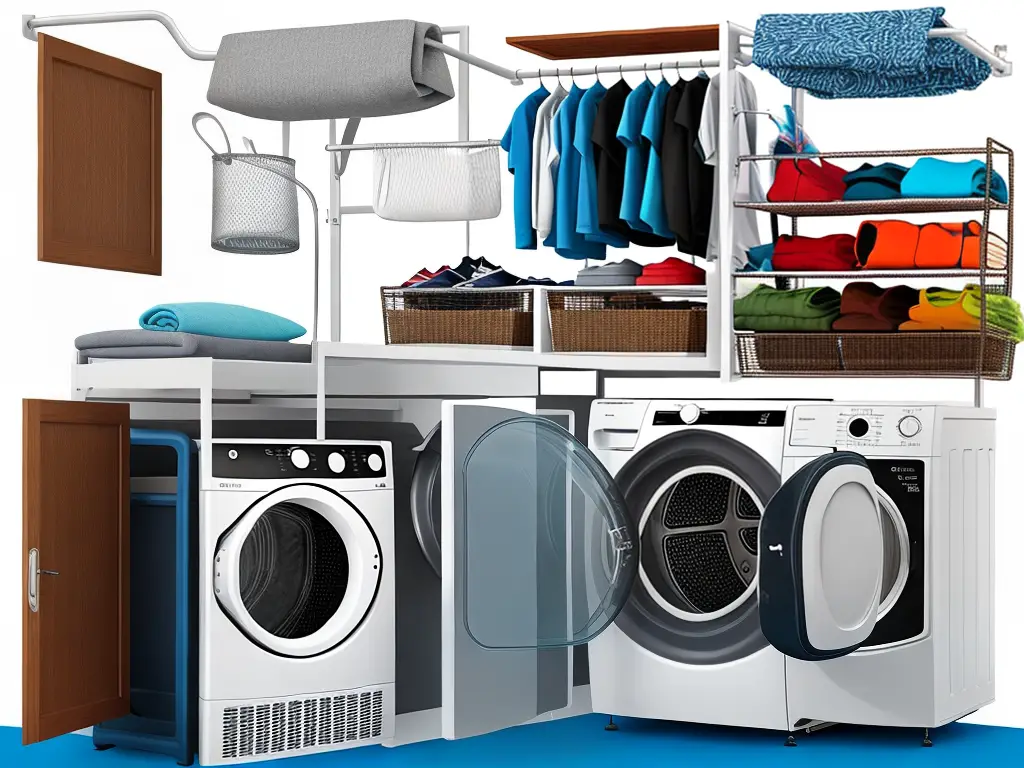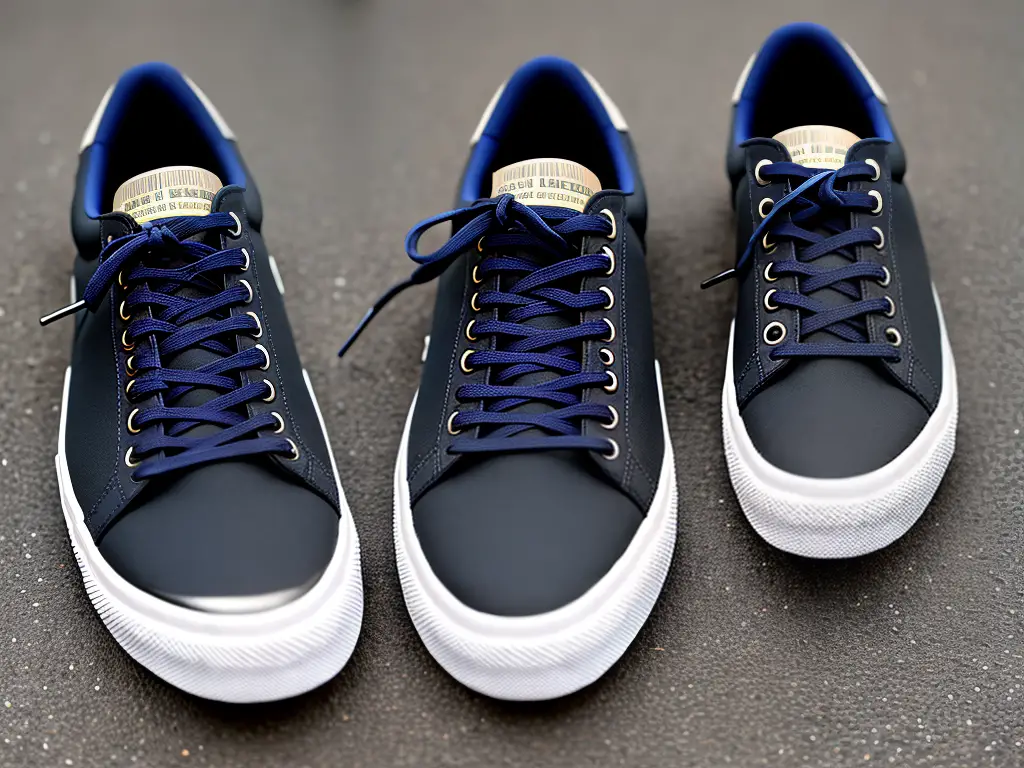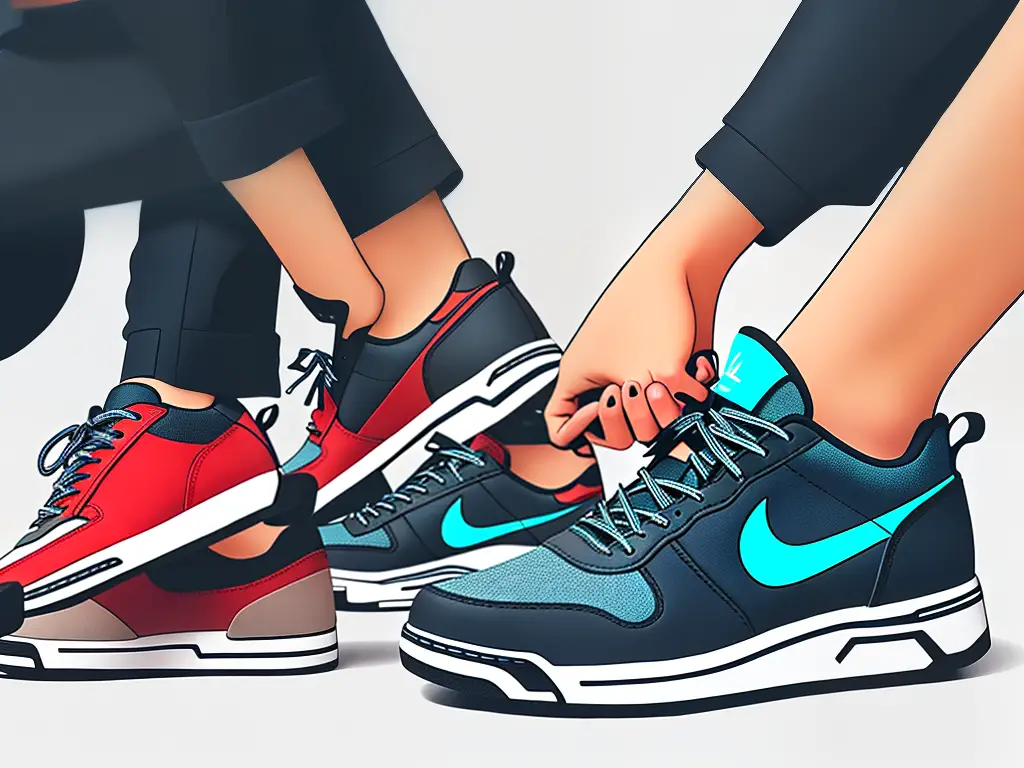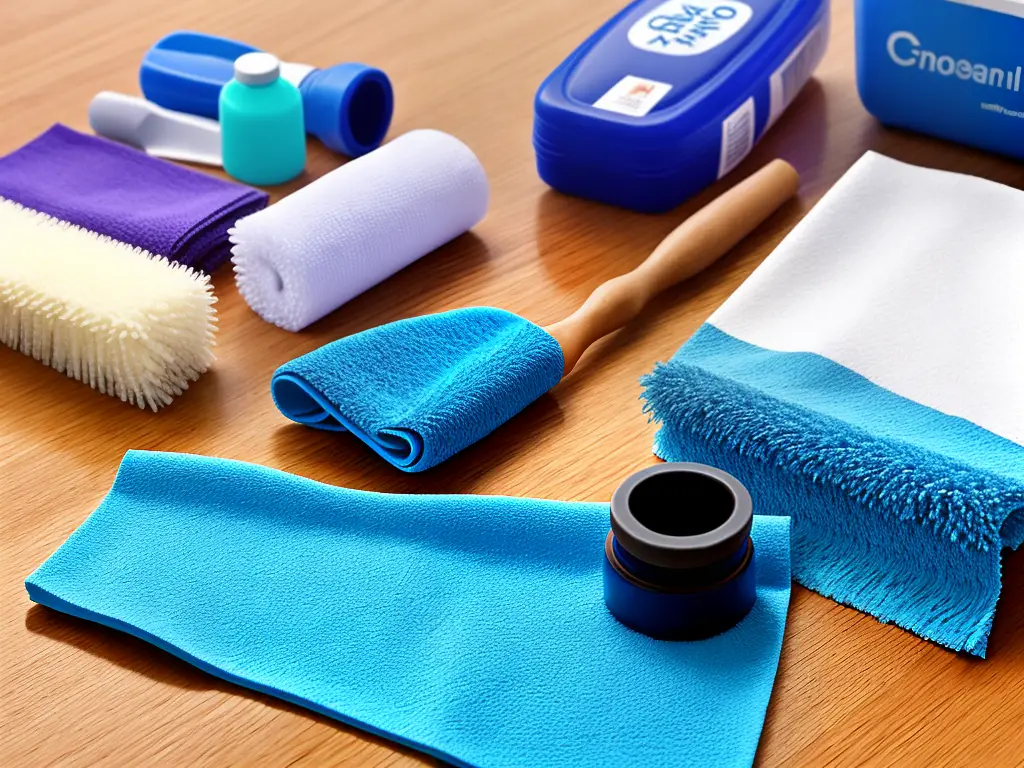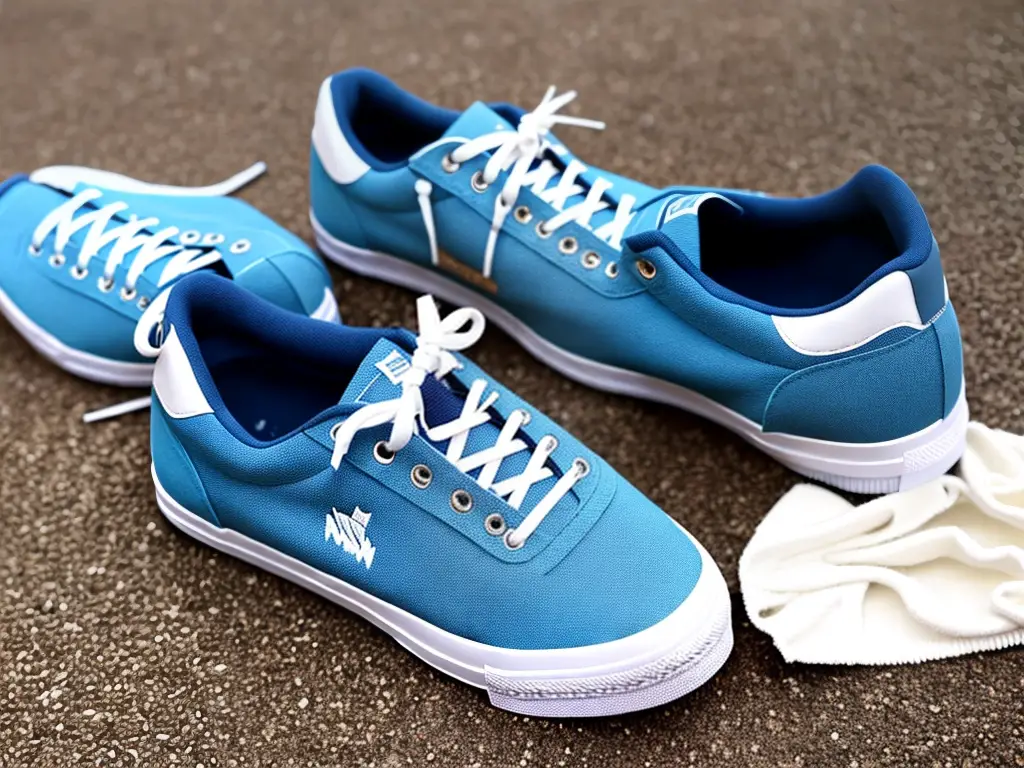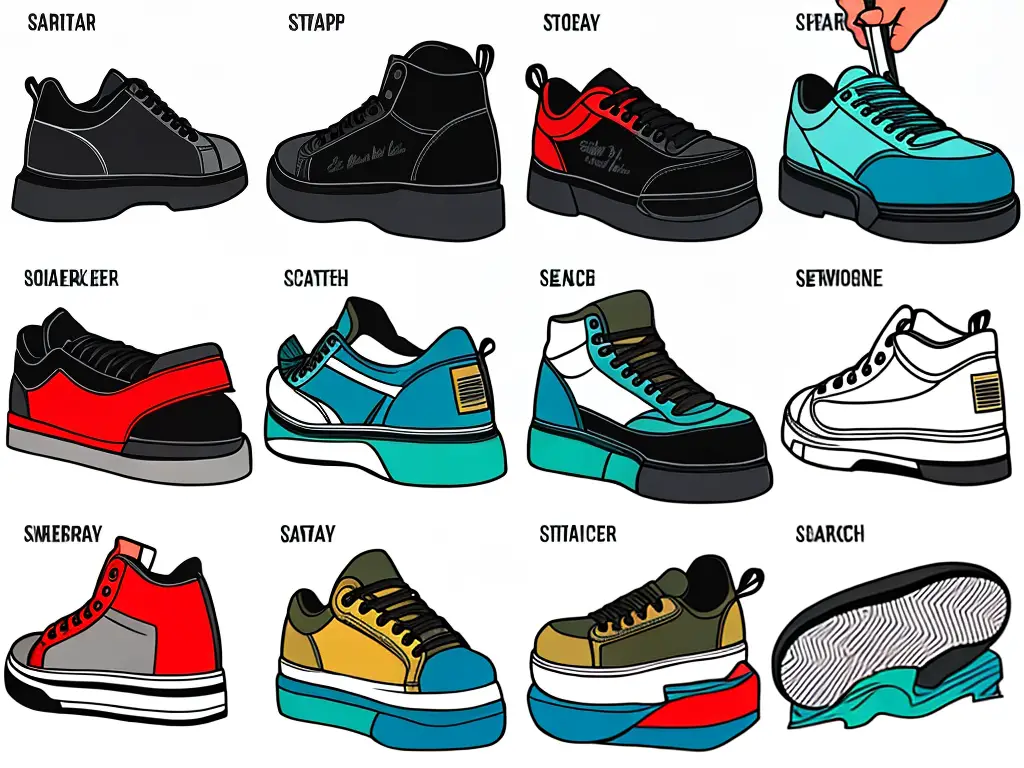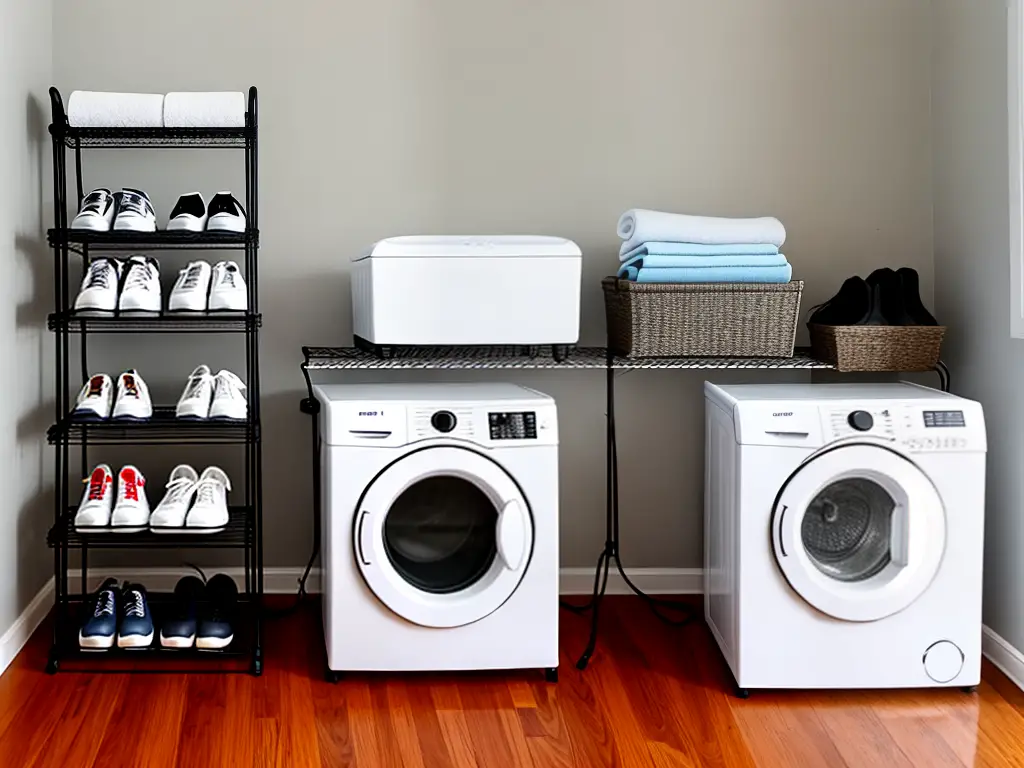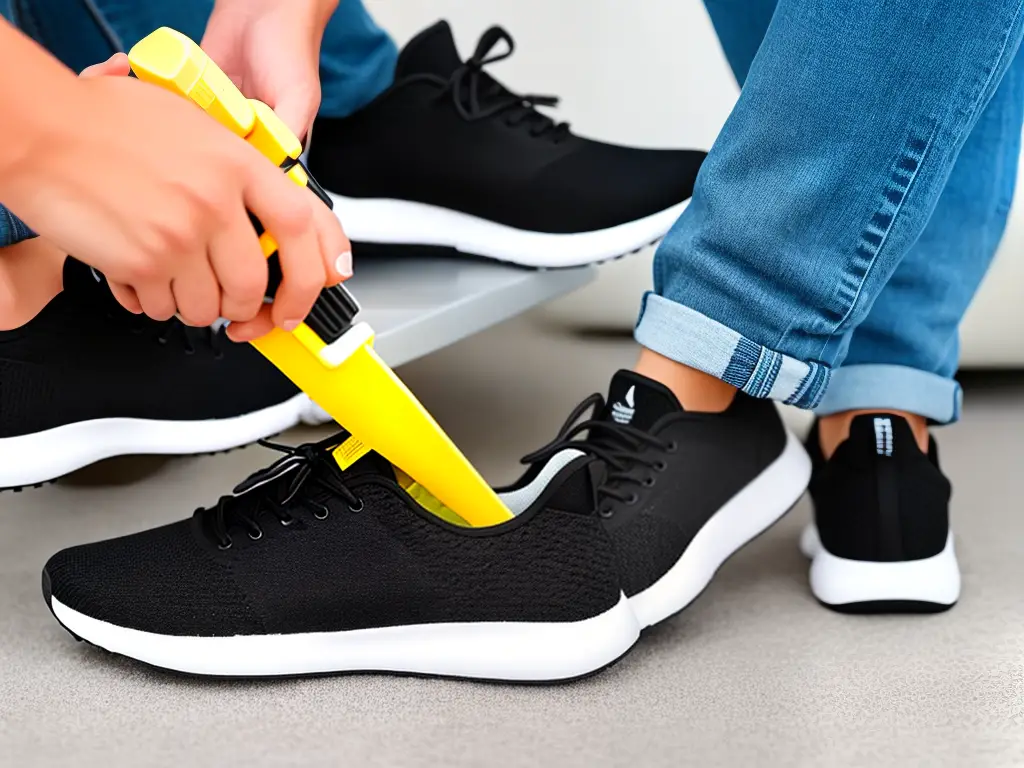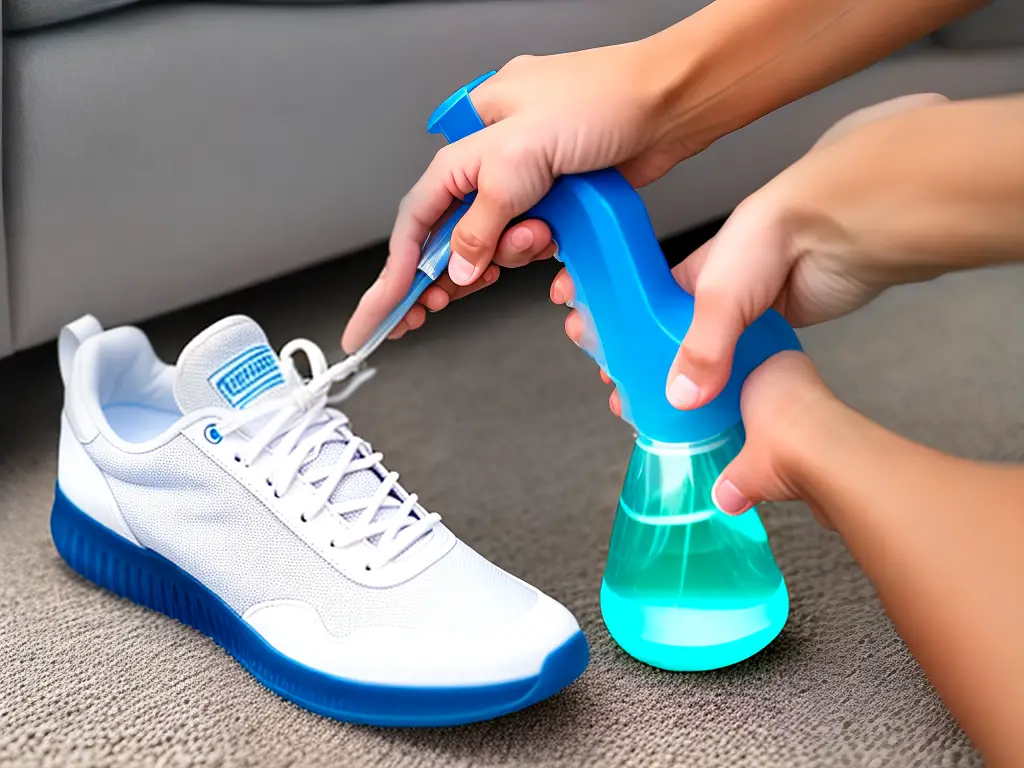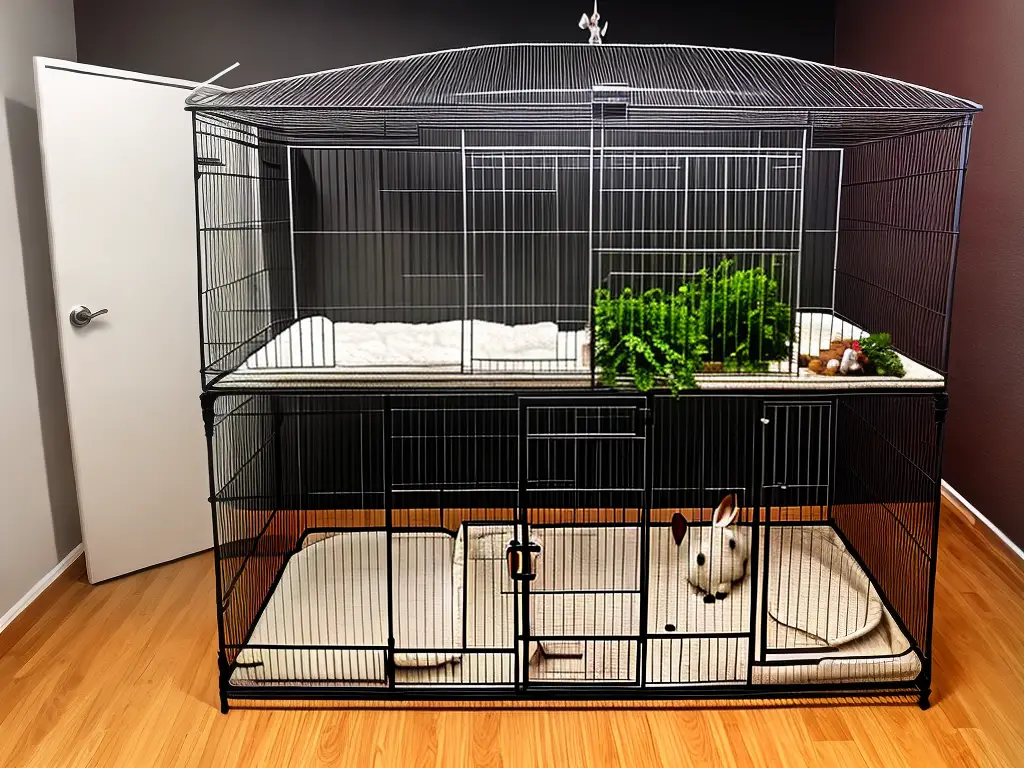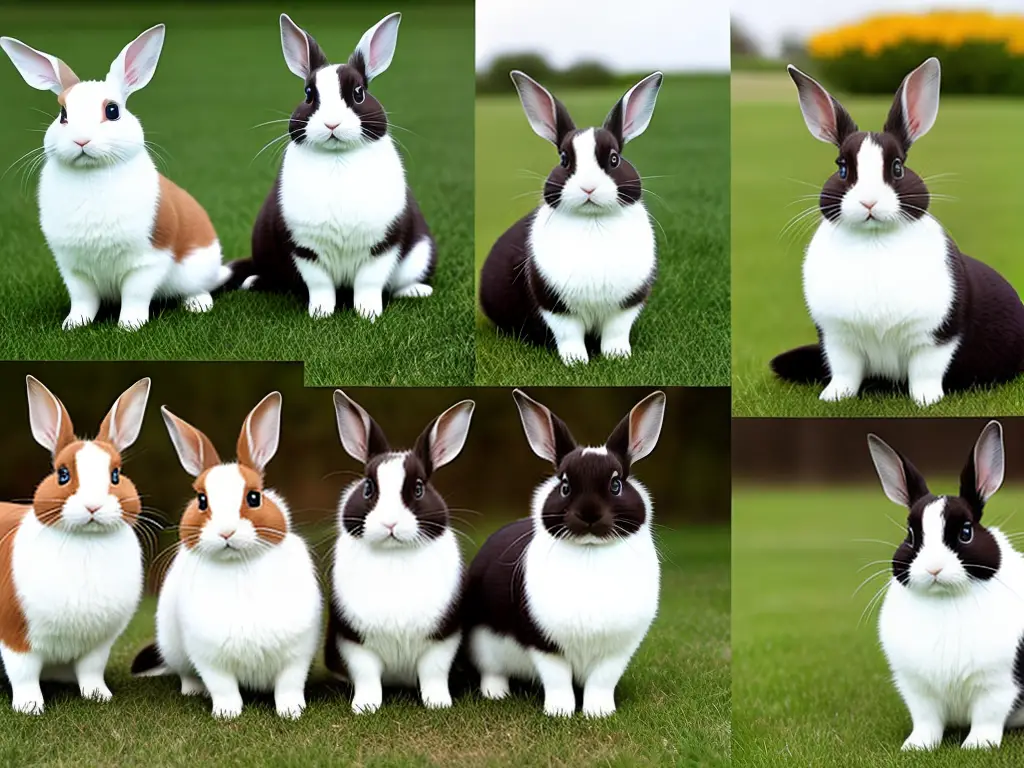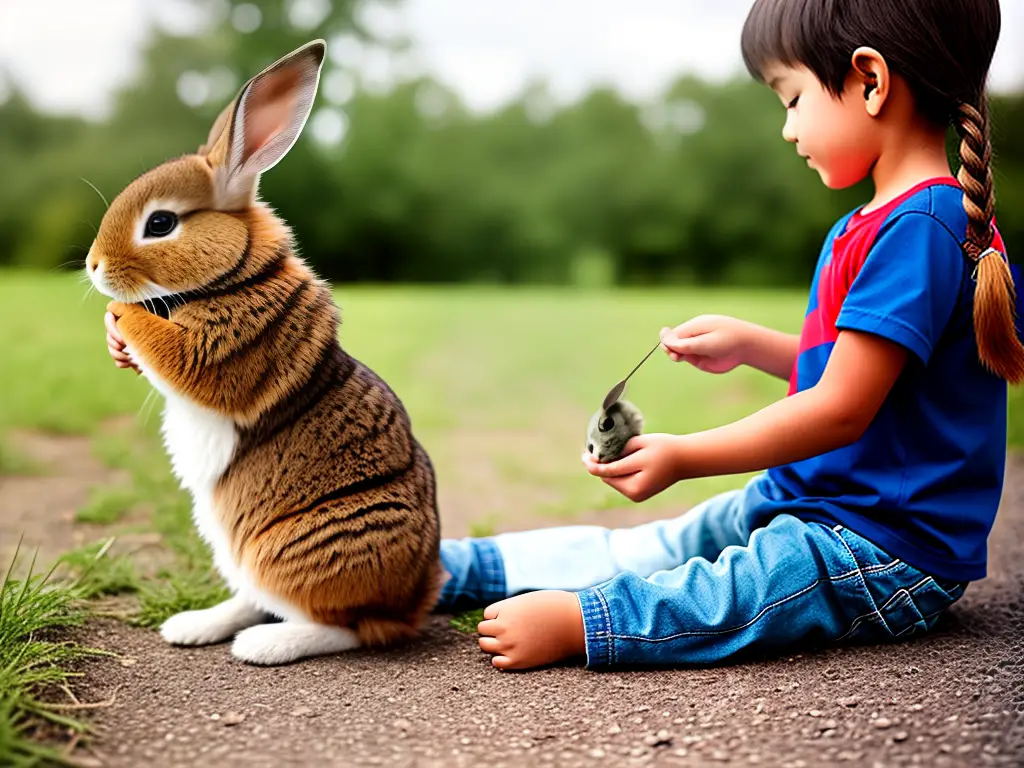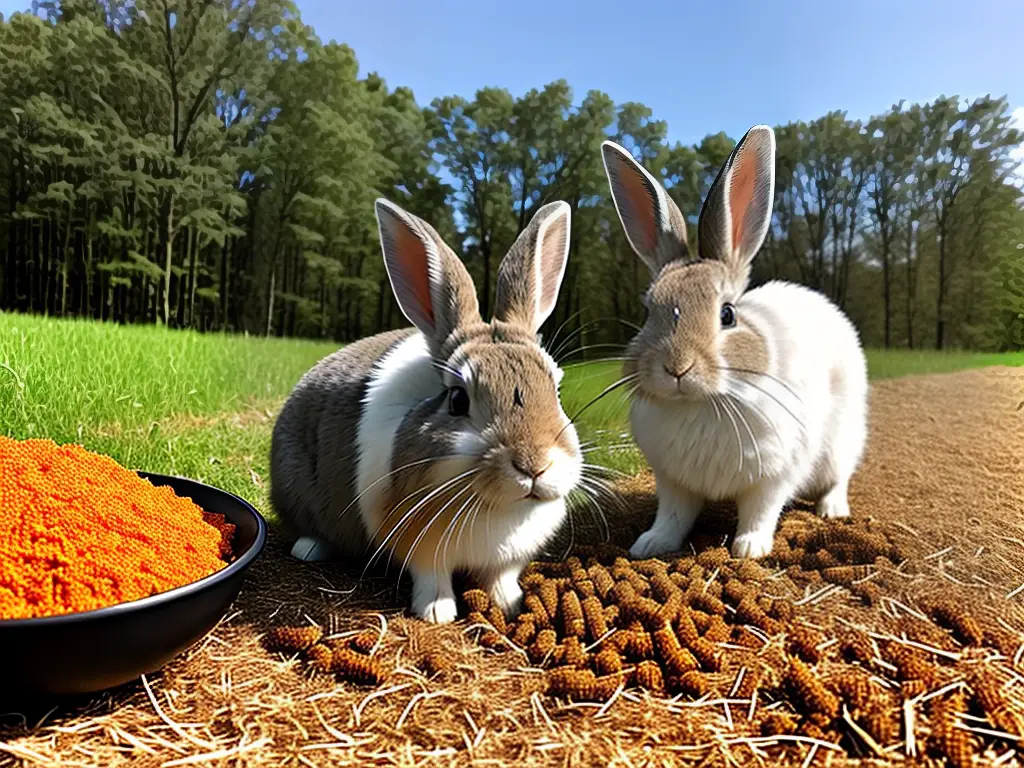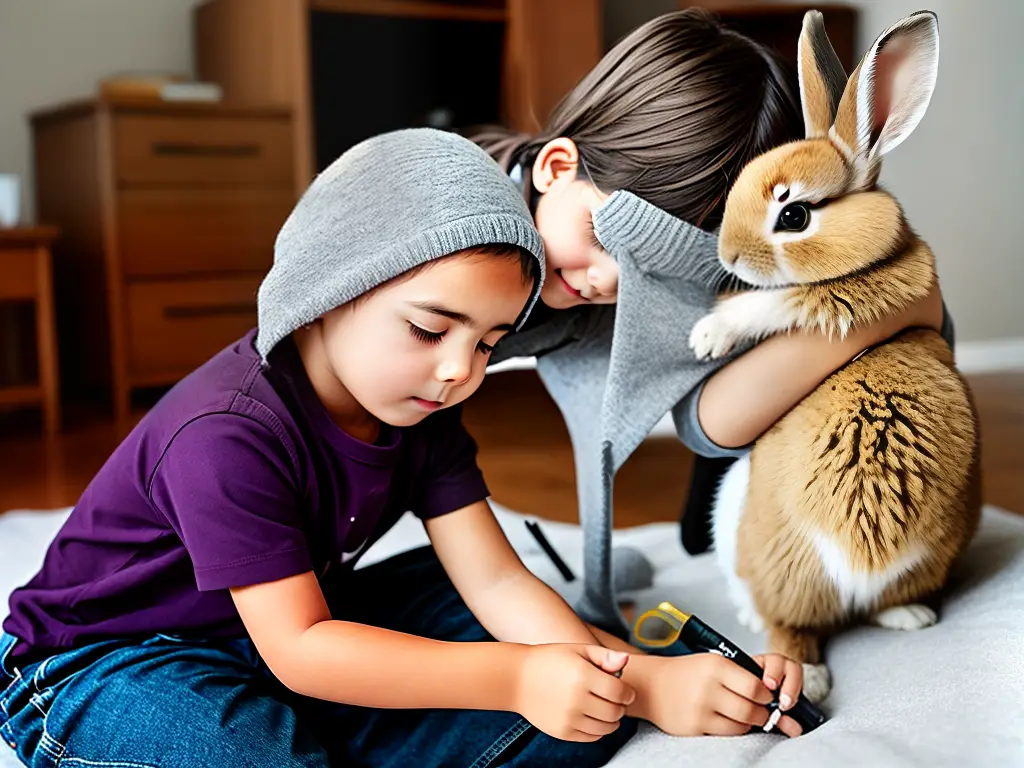Taking the dive into the delicious world of vegan and vegetarian tacos can be an eye-opening and flavorful experience. With a vast variety of ingredients and flavors to explore, satisfying your taco cravings has never been easier – or more nutritious. This guide will not only provide insights on popular vegan and vegetarian taco recipes, but also offer ideas for creative fillings, dietary restriction-friendly options, homemade seasonings and sauces, taco shell alternatives, and even fusion tacos that bring the best of global cuisine to the table. Not forgetting the perfect side dishes and beverages to bring your taco feast to life.
The Delicious and Satisfying Vegan and Vegetarian Tacos
Vegan and vegetarian tacos are a delicious and satisfying alternative to traditional meat-filled tacos, offering a variety of tastes and textures to cater to anyone’s preferences. These tacos are typically made with plant-based proteins, various vegetables, and flavorful seasonings to create a meal packed with nutrients and flavors.
The most common protein sources for vegan and vegetarian tacos include beans, lentils, tofu, tempeh, and even meat substitutes like textured vegetable protein (TVP) or plant-based burger crumbles. Beans are not only versatile but are also a great protein source that can be seasoned and cooked in various ways to elevate the taste of the taco. Lentils, on the other hand, provide a meatier texture and are excellent at absorbing flavors from seasonings and sauces. Tofu and tempeh are soy-based proteins that can be marinated, grilled, or sauteed to create a deliciously flavored protein-packed addition to the taco. Meat substitutes offer a closer-to-meat experience for those who prefer a familiar taste but want to maintain a plant-based diet.
In addition to the protein sources, there’s a plethora of vegetables that can be incorporated into vegan and vegetarian tacos. Bell peppers, onions, tomatoes, zucchini, and even mushrooms are popular choices to provide exciting flavors and textures. Incorporating a range of vegetables not only adds color to the dish but also contributes essential vitamins, minerals, and fiber. Swapping out iceberg lettuce for dark, leafy greens such as spinach or kale can provide additional nutrition, including higher amounts of iron, calcium, and vitamin K.
Seasonings play a vital role in vegan and vegetarian tacos as they elevate the taste and provide an enticing aroma. Traditional taco seasonings include chili powder, cumin, garlic powder, and paprika. However, experimenting with herbs and spices like chipotle, adobo sauce, lime juice, or fresh cilantro can create unique and flavorful combinations. Don’t forget to add a generous dollop of guacamole or a sprinkle of dairy-free cheese for an extra touch of indulgence.
Vegan and vegetarian tacos cater to a variety of tastes and provide an array of health benefits. Not only are they generally lower in saturated fats and cholesterol than their meat-based counterparts, which can contribute to a reduction in the risk of heart disease, but they also have a high fiber content derived from plant-based proteins and vegetables which can improve digestion, lower blood sugar levels, and create a feeling of fullness. Including an assortment of ingredients in vegan and vegetarian tacos not only provides a diverse range of nutrients but also helps cater to different taste preferences, ensuring that everyone can find a taco variation they love.
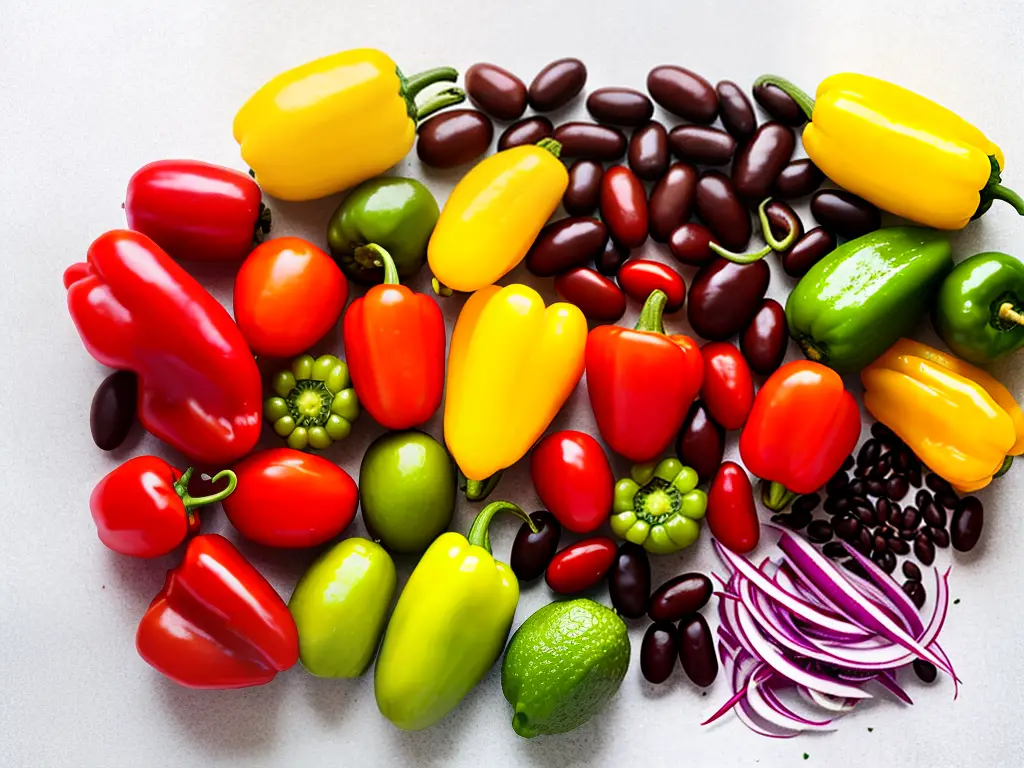
Delicious Vegan and Vegetarian Tacos
Moving beyond their health benefits, vegan and vegetarian tacos prove to be a delicious and satisfying alternative to regular meat tacos. They offer the same wide variety of flavors and textures without compromising taste, demonstrating that indulging in a meatless option does not mean one has to sacrifice enjoyment. With countless combinations available, it’s easy for everyone to find a plant-based taco that caters to their taste buds and nourishes their body.
One popular vegan taco recipe is jackfruit tacos. Jackfruit is a versatile fruit that has a meaty texture, making it an excellent meat substitute for tacos. When cooked with a combination of spices like chili powder, cumin, and smoked paprika, it can easily mimic the richness and smoky flavors of pulled pork. Add some fresh cilantro, diced onions, and a squeeze of lime to elevate the flavors, and you have a mouth-watering vegan taco that will impress anyone.
Tempeh is another excellent protein source for vegan and vegetarian taco recipes. Made from fermented soybeans, tempeh has a nutty flavor and firm texture that works well in a variety of dishes. You can crumble the tempeh and cook it in a spicy chipotle sauce, paired with black beans for extra protein and nutrients. Top your tempeh tacos with a tangy avocado-lime crema for an extra layer of flavor and creaminess.
Mushrooms are another fantastic protein option for vegetarian and vegan tacos, with portobello mushrooms being a popular choice due to their meaty texture and rich flavor. Marinate sliced portobello mushrooms in a mixture of garlic, lime juice, and chili powder, then grill or sauté them for a smoky and savory taco base. For a more unique take, consider incorporating other types of mushrooms, such as shiitake, cremini, or maitake, to create a diverse blend of flavors and textures.
In addition to using vegan and vegetarian protein sources, there are a variety of other ingredients that can enhance the flavor and appeal of tacos. Roasted sweet potatoes or butternut squash are great additions, adding natural sweetness and a creamy texture to the dish. Black beans or pinto beans can serve as both a protein and fiber source, while corn, peppers, or cabbage can provide a satisfying crunch.
One way to create a diverse and delicious experience with vegan and vegetarian tacos is by using a variety of salsas, sauces, and garnishes. Traditional pico de gallo, made from tomatoes, onions, jalapeños, and cilantro, pairs well with any taco recipe. For a sweeter option, consider adding a mango or pineapple salsa to complement the spiciness of your taco filling. Guacamole or a simple avocado crema can also add a cool, creamy layer of flavor, while pickled onions or jalapeños will provide an acidic kick.
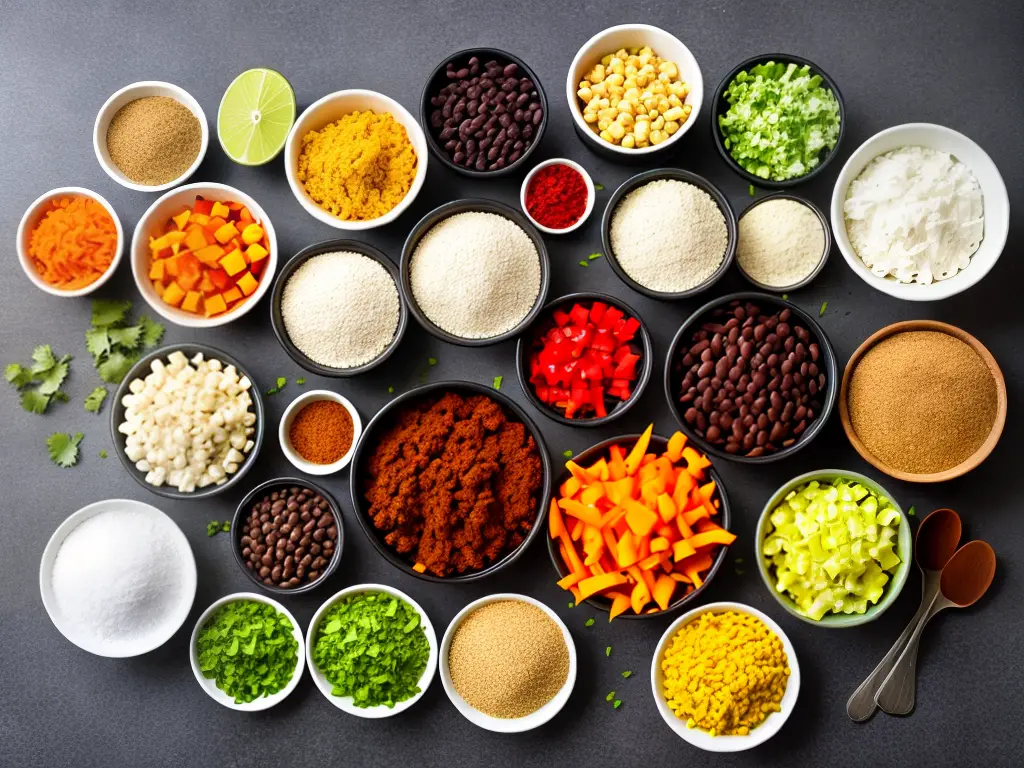
Vegan and Vegetarian Taco Fillings
Along with these versatile toppings, vegan and vegetarian tacos can be just as satisfying, creative, and flavorful as their meat-based counterparts. One unique and protein-packed option for a plant-based taco filling is grilled tofu. To prepare this, simply press extra firm tofu to remove excess moisture, then slice into thin strips or cubes. Marinate the tofu in your choice of sauces, such as a zesty lime and cilantro marinade or a savory, smoky chipotle sauce. Grill or pan-sear the tofu until it develops a crust on the outside and a tender, yet firm texture on the inside. Serve it up in warmed corn tortillas and enhance the experience with complementary taco toppings like pickled red onions, avocado, and a drizzle_vp_of vegan crema, making a perfect match with the salsas and sauces mentioned earlier.
Roasted eggplant is another fantastic option for vegan and vegetarian taco fillings. The rich, creamy texture of eggplant pairs beautifully with bold, aromatic spices, making it an appealing addition to your taco menu. To prepare, cut eggplant into 1/2-inch thick rounds or cube into bite-sized pieces. Toss the eggplant with olive oil, along with seasonings like cumin, paprika, garlic powder, and chili, before roasting in the oven or on a grill until tender and lightly charred. Stuff the roasted eggplant into warm tortillas and top with fresh salsa, cilantro, and a drizzle of tahini or yogurt sauce for a Mediterranean-inspired twist on the traditional taco.
Curried cauliflower is an excellent fusion of flavors for a vegan or vegetarian taco that stands out from the standard options. To make this unique filling, roast bite-sized cauliflower florets in a mixture of curry powder, turmeric, cayenne pepper, and olive oil until tender and slightly caramelized. For a creamier texture, puree some of the roasted cauliflower and mix it back into the chunks to create a more cohesive filling. Fill soft tortillas with the curried cauliflower, adding a dollop of cool, tangy vegan yogurt, shredded cabbage, and fresh cilantro or mint for a bright, flavorful, and unforgettable taco experience.
A tantalizing and versatile option for vegan and vegetarian tacos is a delectable assortment of sautéed mushrooms. Combining your favorite mushroom varieties, such as shiitake, cremini, or even portobello, sliced or chopped, will create a flavorful plant-forward taco filling. Cook them in a mixture of olive oil, minced garlic, a squeeze of lemon or lime, and smoked paprika and cumin for an earthy, umami-rich flavor. Once the mushrooms release their liquid and become tender, pile them into warm tortillas and finish with fresh pico de gallo, guacamole, or a drizzle of chipotle-lime crema for a satisfying and gourmet plant-based taco feast.

Homemade Seasonings and Sauces for Vegan and Vegetarian Tacos
To ensure your vegan and vegetarian tacos please any taste, it’s a great idea to make your homemade taco seasoning. Store-bought seasoning packets might contain hidden animal-derived ingredients like whey or gelatin, which are unsuitable for vegans and vegetarians. Instead, combine spices like ground cumin, chili powder, paprika, garlic powder, onion powder, oregano, and cayenne pepper to create your seasoning. Adjust the amount of each spice according to personal preferences and desired spice level. This customizable blend will not only add robust flavors to your mushroom-filled tacos but will also provide flexibility in catering to a variety of tastes.
Once you have mastered the seasoning blend, elevate your taco game by creating your vegan and vegetarian-friendly sauces. One classic option is making an avocado-cilantro sauce. To prepare this, blend ripe avocados, fresh cilantro, lime juice, garlic, jalapeño, and a touch of salt until smooth. This creamy sauce complements both vegan and vegetarian tacos, offering a burst of flavor and freshness. Plus, it can double as a dip for chips or a topping for other Mexican-inspired dishes!
Another fantastic vegan and vegetarian sauce is cashew queso. A dairy-free alternative to the traditional cheese sauce, cashew queso is deliciously versatile and adds a creamy, cheese-like flavor to vegan and vegetarian tacos. To make this sauce, combine soaked cashews, nutritional yeast, tomato paste, canned diced green chilis, garlic, onion powder, and a pinch of salt in a blender, then blend until smooth. With its rich, full flavor and creamy texture, this sauce is perfect for vegans and vegetarians alike as it mimics the flavors of a cheese sauce without the dairy.
For those who enjoy a spicy kick, a fiery hot sauce is a must. Create your plant-based hot sauce using ingredients like fresh chili peppers (such as habanero, jalapeno, or serrano), tomato, garlic, apple cider vinegar, and cilantro. Blend the ingredients until smooth, adding salt to taste, and you’ve made a hot sauce that packs a punch! This spicy sauce addition is suitable for vegan and vegetarian tacos and other Mexican dishes, making it a versatile and exciting staple to have in your kitchen.
Don’t forget about the fantastic addition of a vegan chipotle aioli to top your tacos. Chipotle aioli is a beautiful combination of smoky and creamy, adding depth to your vegan and vegetarian tacos. To make this vegan-friendly sauce, blend silken tofu, chipotle chilis in adobo, garlic, lime juice, and salt in a blender until smooth. This rich, smoky sauce might become a favorite topping on more than just tacos, as it pairs well with dishes like wraps, sandwiches, and salads. With these DIY seasoning and sauce ideas, you’ll be able to create an array of delicious vegan and vegetarian taco options that cater to everyone’s taste preferences.
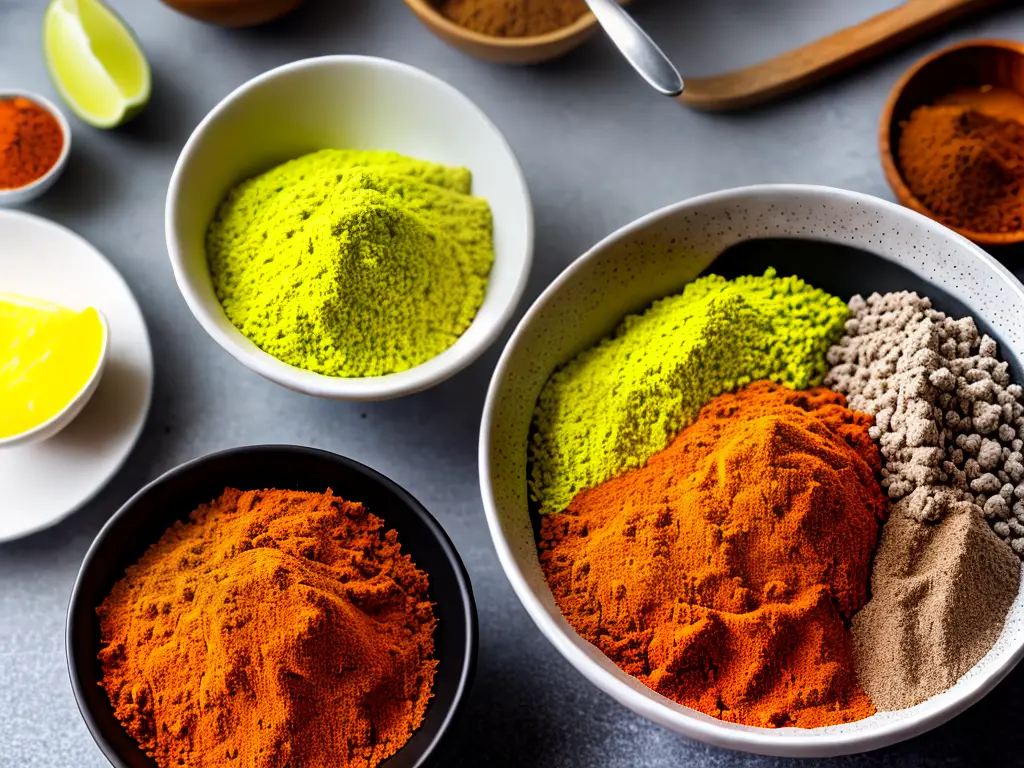
Taco Shell Alternatives for a Vegan or Vegetarian Taco
In addition to the flavorful aioli, taco shells are a key component when constructing the perfect vegan or vegetarian taco, and luckily, there are plenty of taco shell alternatives that cater to various dietary preferences and restrictions. One popular option is lettuce wraps, which not only provide a fresh, low-calorie option but also add a satisfying crunch to each bite. Romaine, butter lettuce, or iceberg lettuce leaves can be used to hold the taco fillings and can be easily found in most supermarkets. Plus, using lettuce wraps makes your tacos gluten-free, making them suitable for those with celiac disease or gluten intolerance. Together, the combination of delicious seasoning and sauce ideas with versatile taco shells creates mouth-watering vegan and vegetarian tacos that can please any palate.
Grain-free shells are another fantastic alternative for individuals looking to reduce their grain intake or follow a paleo diet. These shells can be made from various ingredients such as almond or coconut flour and usually have a similar texture and taste to traditional corn or wheat-based taco shells. Some popular store brands offering grain-free taco shells are Siete Foods, which offers both almond flour and cassava-based tortilla options, and The Real Coconut, specializing in coconut flour tortillas. You can also make your grain-free shells at home using these simple ingredients.
Plant-based proteins like lentils and chickpeas can also be utilized to make taco shells from scratch. Lentil or chickpea flour can be combined with water, oil, and spices to make a simple, high-protein dough that can be rolled out and cooked in a skillet like a traditional tortilla. Once cooked, these tortillas can be filled with a variety of plant-based fillings such as veggies, beans, or tofu. Chickpea flour-based taco shells have a slightly nutty flavor, while lentil options provide an earthy taste, each adding a unique touch to your vegan or vegetarian tacos.
There’s also a rise in popularity for creating taco shells from thinly sliced vegetables like zucchini, eggplant, or even sweet potatoes. These thinly sliced vegetables can be baked or grilled until they reach a pliable texture with a slight char, giving your tacos an extra boost of flavor and vitamins. To assemble, simply use the cooked vegetable slices instead of traditional taco shells and load up with your favorite plant-based fillings.
Exploring different taco shell alternatives can not only expand your taco horizons, but also uncover new flavors and textures that elevate your vegan or vegetarian tacos. By testing various alternatives, such as lettuce wraps or grain-free options, you can craft adaptable tacos that cater to diverse preferences and dietary needs. Additionally, with the variety of plant-based proteins like lentil or chickpea tortillas, you can ensure that your taco creations will deliver both taste and nutrition. So, whether you’re a die-hard taco fan or trying out plant-based eating, incorporating these taco shell alternatives will keep your taco game fresh, exciting, and versatile for any taste.

Allergy-Friendly Taco Fillings
Building on the versatility and popularity of tacos, it’s easy to adapt them to meet the needs of those with dietary restrictions or allergies, ensuring that everyone can enjoy their delicious flavors. A variety of vegan and vegetarian taco fillings cater to those with gluten-free, nut-free, and soy-free dietary requirements, without sacrificing taste or texture. By replacing traditional taco ingredients with plant-based alternatives and allergy-friendly options, you can create tasty and satisfying tacos that can be enjoyed by all, making it a smooth transition from the conventional taco experience.
One delicious and allergy-friendly vegan taco filling is made using lentils or black beans. Beans provide a hearty and protein-rich base for the taco filling while accommodating those with gluten, nut, or soy allergies. To add flavor, the beans can be seasoned with spices such as cumin, paprika, and chili powder, and then combined with sautéed onions, peppers, and other vegetables. This filling can be paired with corn tortillas, which are naturally gluten-free, making this a perfect option for those with dietary restrictions.
For a soy-free alternative to traditional meat substitutes, jackfruit has gained popularity as a meaty, plant-based option that can withstand a variety of flavors and textures. For a vegan take on pulled pork, simply shred the jackfruit and simmer it with your favorite barbecue sauce or marinade, making sure it’s soy-free. The resulting filling can be used in soft or hard corn tortillas and topped with a tangy, dairy-free coleslaw to achieve that classic taco crunch.
Another innovative vegan and vegetarian taco idea that caters to allergy restrictions involves using cauliflower as the main ingredient. This versatile vegetable can be chopped into small pieces, seasoned with taco spices, and roasted to create a flavorful and nutritious filling. Top with avocado, salsa, and dairy-free cheese or cashew crema to ensure a mouth-watering and satisfying taco experience, even for those with nut allergies, by opting for nut-free cheeses or sauces.
For a completely grain-free and gluten-free taco option, lettuce wraps can be used to hold any of these delicious fillings, creating a light and refreshing alternative to traditional tortillas. Combining this with any of the aforementioned vegan and vegetarian fillings creates an allergy-friendly taco that is sure to please any taste. By exploring the wide variety of plant-based ingredients and creative alternatives, tacos can be easily customized to cater to an array of dietary restrictions, ensuring everyone at the table is satisfied and well-fed.

The World of Vegan and Vegetarian Fusion Tacos
Moving beyond traditional recipes, the world of vegan and vegetarian tacos is vast and diverse, featuring a plethora of international flavors waiting to be explored. One innovative and exciting trend is fusion tacos, which blend traditional tacos with culinary elements from other cultures. These inventive flavor combinations not only accommodate various dietary requirements but also allow you to experience a whole new world of plant-based deliciousness, seamlessly connecting different styles and ensuring a memorable gastronomic journey for everyone.
Asian-inspired fusion tacos are a popular choice, offering endless possibilities for vegan and vegetarian fillings. You might consider tofu marinated in a sweet and spicy Korean-style barbecue sauce, then grilled or pan-seared and paired with a refreshing cucumber kimchi slaw. Alternatively, a zesty Thai-spiced jackfruit carnitas topped with a cooling peanut slaw combines the flavors of Thailand with the popular Mexican street food staple. The inclusion of Asian sauces, such as soy sauce, hoisin, or teriyaki, can also help deepen the flavor profile of these exotic tacos.
Mediterranean flavors lend themselves beautifully to vegan and vegetarian fusion tacos. Hearty grilled vegetables, like eggplant, zucchini, and bell peppers, can be marinated in a lemony, herb-infused olive oil before being piled onto a warm corn tortilla. For a protein boost, try adding a generous dollop of hummus or a sprinkle of crumbled feta cheese (or a dairy-free alternative). Finish with a handful of chopped Kalamata olives and a drizzle of tangy tzatziki sauce to complete the Mediterranean culinary journey.
Indian spices have a distinctive, aromatic quality that can bring depth and warmth to vegan and vegetarian tacos. Chickpeas, a staple of Indian cuisine, can be transformed into a mouthwatering, spiced taco filling by simmering them in a rich tomato-based sauce infused with cumin, coriander, and garam masala. Paneer cheese (or tofu, for a vegan option) can be marinated in curry spices and grilled for a smoky, robust flavor. Consider topping your Indian fusion taco with a spoonful of cooling cucumber raita, a dollop of mango chutney, or a dash of cilantro-mint chutney for a truly unforgettable experience.
With inspiration from Latin American and Caribbean cuisine, vegan and vegetarian fusion tacos provide a diverse array of flavors to please any palate. Consider Cuban-style black beans and rice, seasoned with garlic and onion, mixed with roasted sweet plantains, all nestled in a soft taco shell. Alternatively, a Jamaican-inspired jerk tempeh taco offers an island flavor when paired with a fiery Scotch bonnet pepper sauce and a cooling pineapple-mango salsa. As you experiment with these bold international influences, you’ll discover an abundance of delectable vegan and vegetarian taco options.

Vegan and Vegetarian Taco Toppings and Sides
To elevate your taco creations even further, consider the importance of salsas. These flavorful sauces offer an excellent opportunity to enhance the taste of vegan and vegetarian tacos. Classic tomato-based salsas pair well with almost any taco, while fruit-based salsas, such as mango or pineapple, beautifully complement plant-based proteins like grilled tofu or tempeh. For added spice and smokiness, a roasted tomatillo and jalapeño salsa verde, or a chipotle-based salsa, can do wonders. The beauty of salsas lies in their adaptability, allowing for customizable flavors to suit a wide range of taste preferences.
Guacamole is another popular taco topping that is naturally vegan and vegetarian. The creamy texture of ripe avocados adds richness and depth of flavor to any taco. When making guacamole, it’s important to use ripe avocados and fresh ingredients like lime juice, cilantro, and diced onion. Some people also like to add diced tomatoes, jalapeños, or even roasted corn to their guacamole, for added texture and flavor. No matter the variation, guacamole is always a crowd-pleaser.
Rice and bean dishes are a classic side option for taco meals, and they are an excellent way to provide additional protein and fiber for vegan and vegetarian diets. Mexican-style rice, colored orange with a blend of tomatoes and spices, is a savory choice that pairs well with many taco fillings. Black beans, pinto beans, or even refried beans are great options for both side dishes and taco toppings. To elevate the flavor of the beans, consider cooking them with a sofrito base of sautéed onions, garlic, and bell peppers or adding in various spices, such as cumin or paprika.
When it comes to beverages, margaritas and agua frescas are popular choices that enhance any taco dining experience. Margaritas, made from a blend of tequila, lime juice, and orange liqueur, can be enjoyed on the rocks or blended with ice. For a more colorful and fruity twist, try incorporating blended mango, strawberry, or watermelon into the margarita mix. Agua frescas are a refreshing, non-alcoholic alternative that combine fresh fruit, water, and sweeteners like agave or cane sugar. These can be flavored with a variety of fruits, such as watermelon, cantaloupe, or cucumber, and garnished with fresh mint or basil.
Finally, another side dish to consider for a vegan and vegetarian taco feast is roasted or grilled vegetables. Many vegetables, like peppers, onions, tomatoes, and mushrooms, can contribute to the filling of the tacos, but they can also be served as a flavorful side dish. For a delightful charred flavor, grill the vegetables before adding seasoning or marinades, such as a balsamic glaze, chipotle spiced rub, or fresh herb and garlic pesto. The colorful array of vegetables not only adds to the presentation but also provides a variety of textures and flavors to complement the tacos.

Ultimately, the key to creating mouthwatering vegan and vegetarian tacos lies in exploring new ingredients, flavors, and textures. By venturing beyond the typical recipe options and making a conscious effort to cater to different dietary requirements or preferences, one can redefine the classic taco experience. Remember to keep an open mind and taste buds ready for adventure and prepare to be pleasantly surprised by the delicious and nutritious possibilities that await in the world of vegan and vegetarian tacos!






